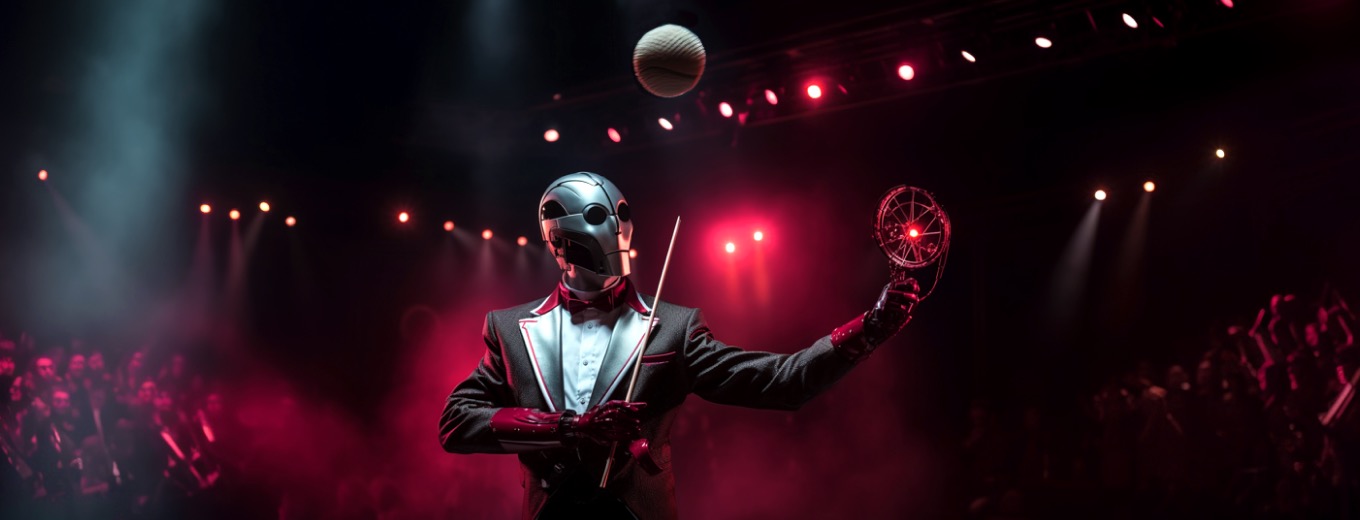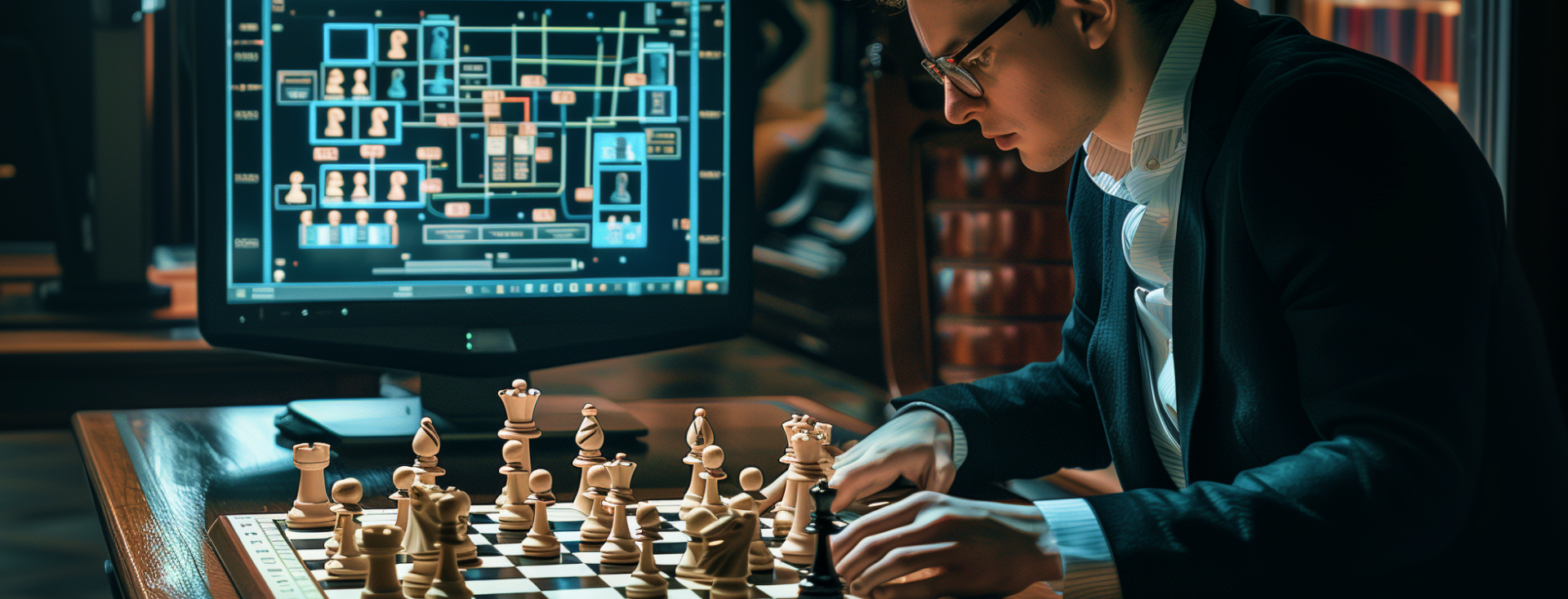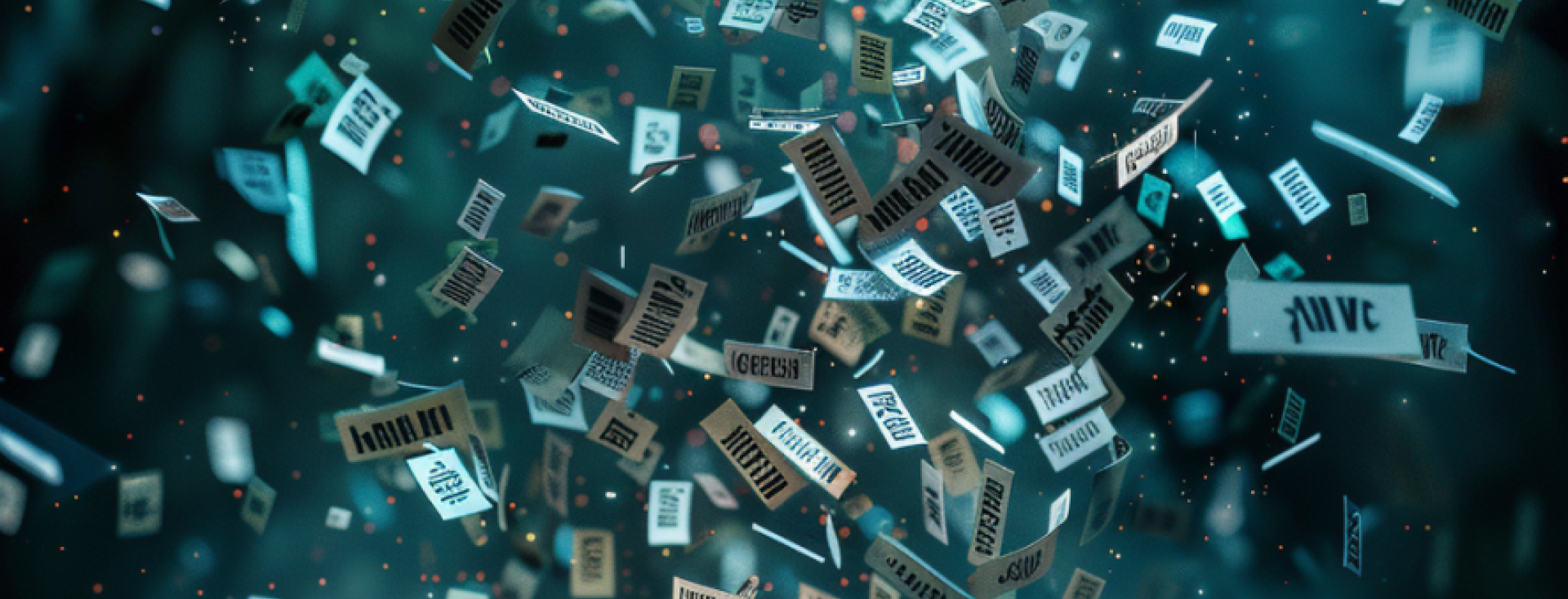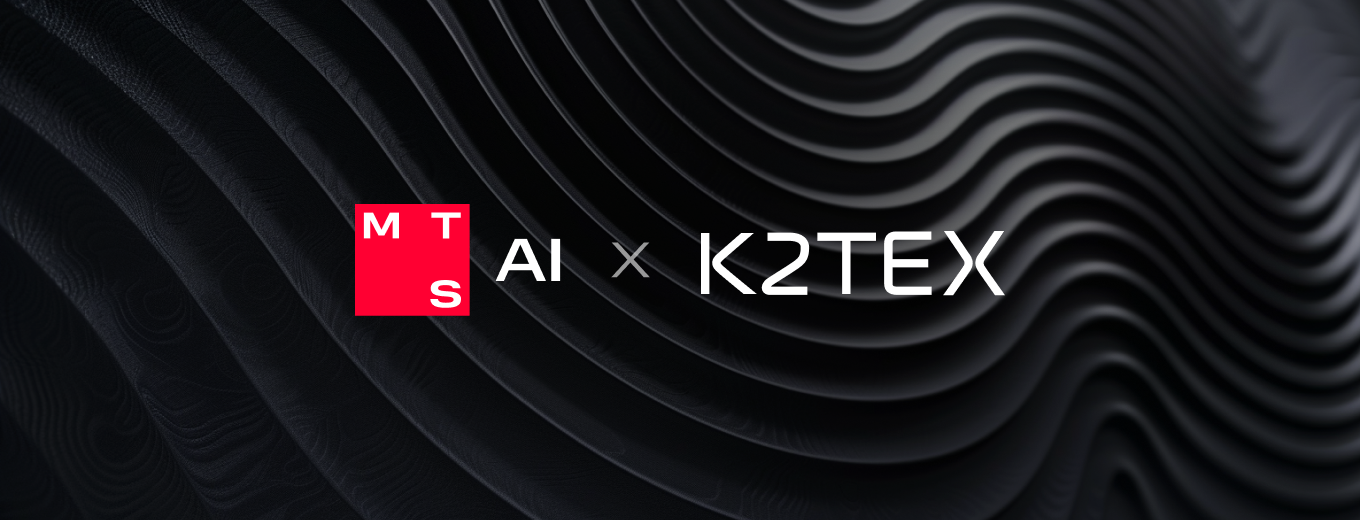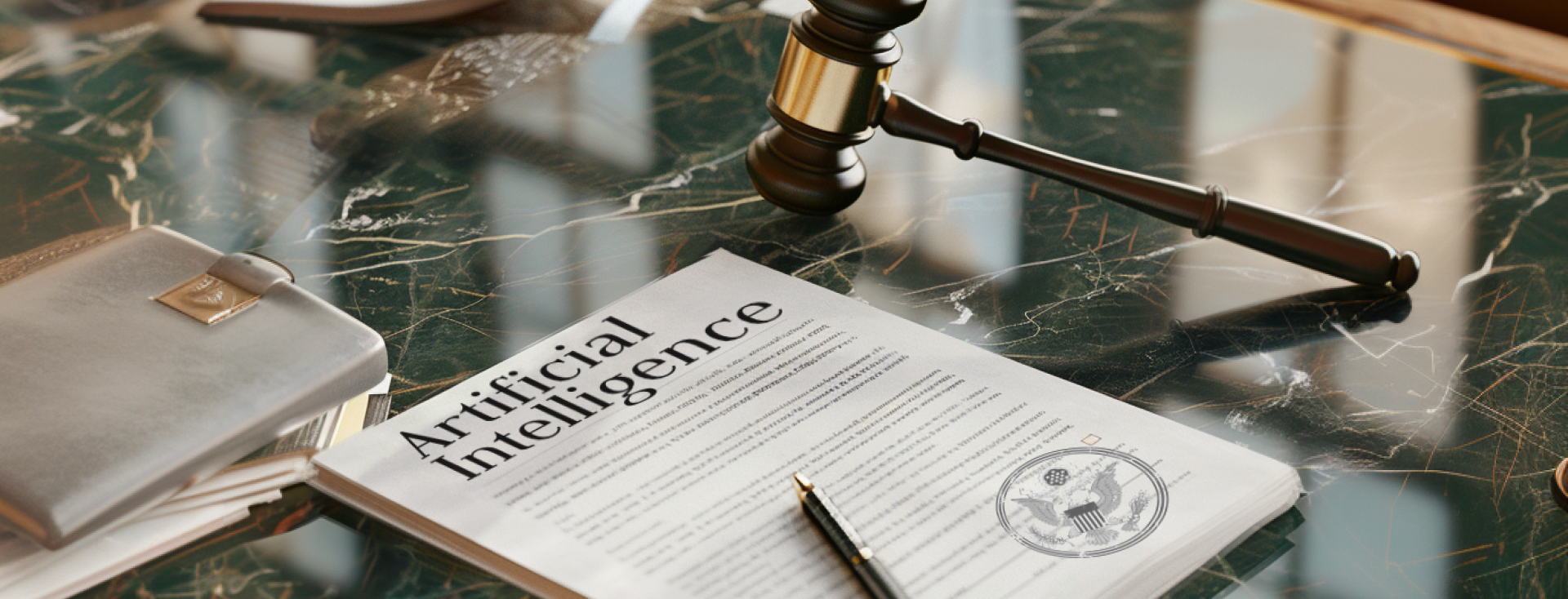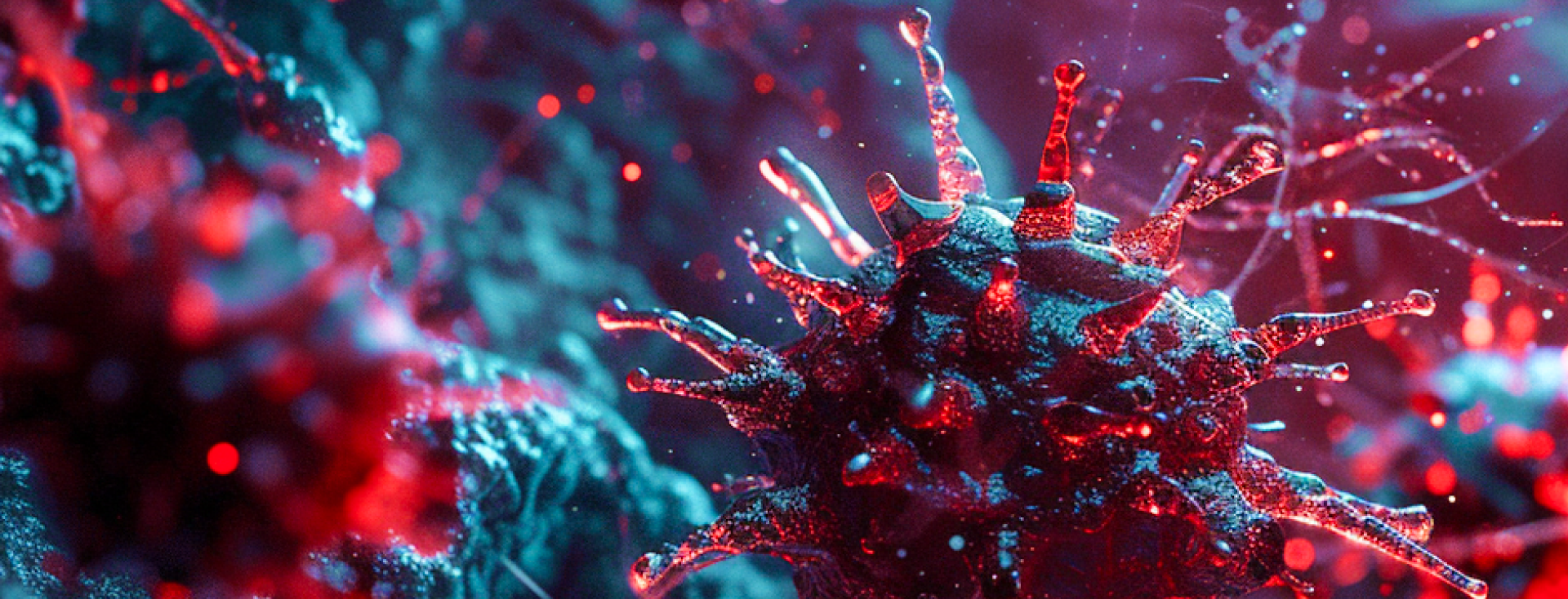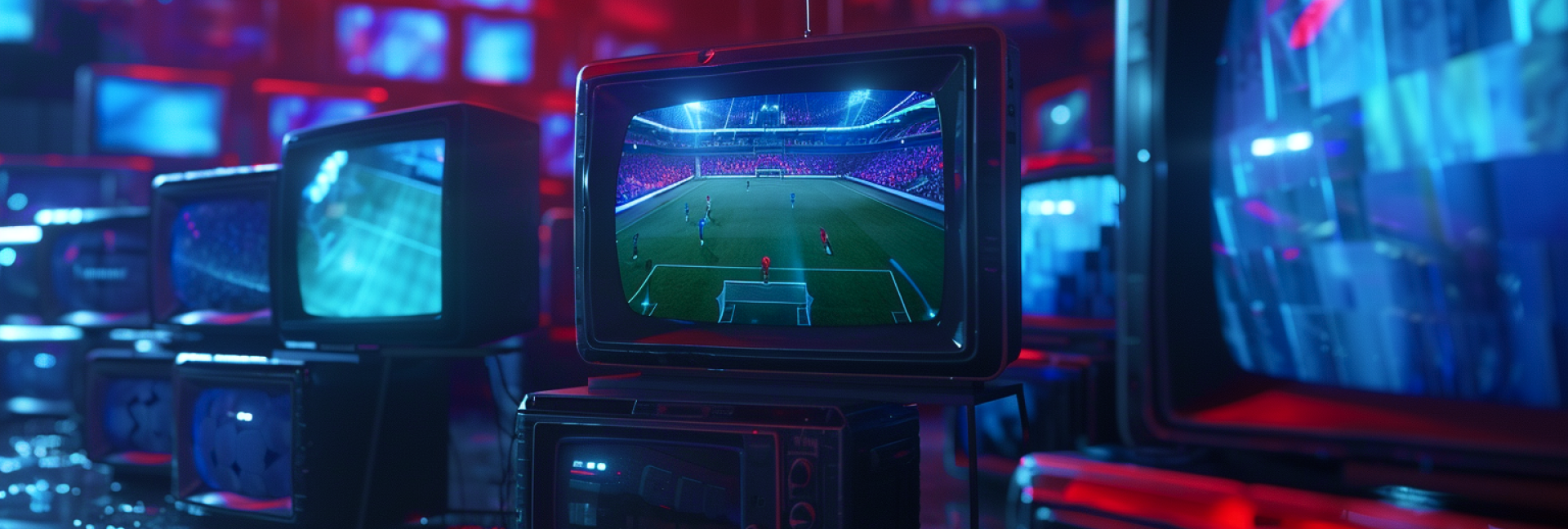#InfocusAI continues acquainting you with the most interesting news from the world of artificial intelligence. In this issue you will learn about AI experiments in public opinion imitation, a new approach to training models for image recognition and generation tasks, smart carts for supermarkets, a robot for coaching tennis players and an “iron conductor” for the national orchestra of South Korea.
AI-focused digest – News from the AI world
Issue 21, June 22 – July 6, 2023
AI can imitate human opinions in certain countries
An international group of researchers has conducted several experiments with AI to see how its responses to global social, economic and ethical questions differ from those of people in different countries. They worked with LLM pre-trained on mostly English-language data and set to be “helpful, honest and harmless” using Reinforcement Learning from Human Feedback (RLHF). In the experiments, the researchers asked the model the same questions as people in different countries. The LLM’s answers without additional adjustments were similar to those in the US, European and South American countries where the so-called WEIRD population (Western, Educated, Industrialized, Rich, Democratic) is predominant. This might be a consequence of the model being pre-trained on mostly English-language materials, indicating a bias. At the same time, the language of the questions didn’t have much influence on the results, i.e. even if the questions for the model were in Russian, its responses were not similar to those of people from Russia. However, if the model was asked to consider the viewpoint of a particular country, it easily did so, and for the most part, its answers coincided with those of the country’s population. But the AI’s subtle understanding of national specifics is not yet evident, as some responses contained an overgeneralization of complex cultural values. For details, see the preprint at this link.
Google and MIT learn to train models for recognition and generation tasks in a single system
Usually, models designed for image generation and recognition tasks are trained independently of one another, leading to additional development and support costs, as well as lost synergistic benefits. This clearly did not satisfy the experts at Google and MIT, and they developed the Masked Generative Encoder (MAGE) that merges training for recognition and generation functions into a single system. The magic lies in application of the technique called masked token modelling. This means that the system first converts the image into semantic tokens, and then hides some of those tokens, as if creating a puzzle, and trains the neural network to fill in the gaps. This way, the model learns to simultaneously understand the patterns in an image (image recognition) and generate new ones (image generation). The method is detailed in this article and on the MIT News website.
American scientists create a robotic tennis player
Scientists at Georgia Institute of Technology (USA) have created a robotic tennis player with computer vision that could beat the Wimbledon leaders with the right training. Although, the purpose of the invention is not to replace athletes, but to help perfect their skill. The robot, unlike a stationary ball feeder system, can move around the court at high speed and hit strikes, which already makes it a good training partner. But for the inventors, this is just the beginning. Currently, the team is “training” ESTHER (that’s the name of the robot) to play against highly skilled opponents. “ESTHER opens up numerous exciting research opportunities in imitation learning, reinforcement learning, kinodynamic planning, human-robot collaboration and much more,” explains Matthew Gombolay, professor of robotics and one of the project participants. Read more on the invention at Study Finds.
Smart carts with computer vision will eliminate queues in supermarkets
US company Instacart presented the latest version of Caper Cart shopping carts with AI for a more comfortable grocery shopping experience in supermarkets. The invention spares customers from tedious waiting in queues to cashiers and from the need for self-scanning at self-service stations. Caper Cart is equipped with computer vision technology and weight scales: it scans items as they are placed in the cart and automatically rings up totals. The large touchscreen displays information about prices, has an in-store navigation service and the ability to keep an online shopping list. Payment for the purchases can be made via a barcode. The smart carts have already debuted in New Jersey and will soon appear in New York supermarkets. Food On Demand reports about this.
Robot-conductor leads South Korea’s National Orchestra
And lastly, some news of culture. The South Korea’s National Orchestra’s performance in Seoul on June 30, 2023, will be remembered as the first time it has been led by the robotic android EveR 6, developed by the Korea Institute of Industrial Technology. The robot successfully directed the orchestra in three of five pieces on the programme. The experts’ assessment of EveR 6’s conducting talent can be found in a short video report at South China Morning Post.
